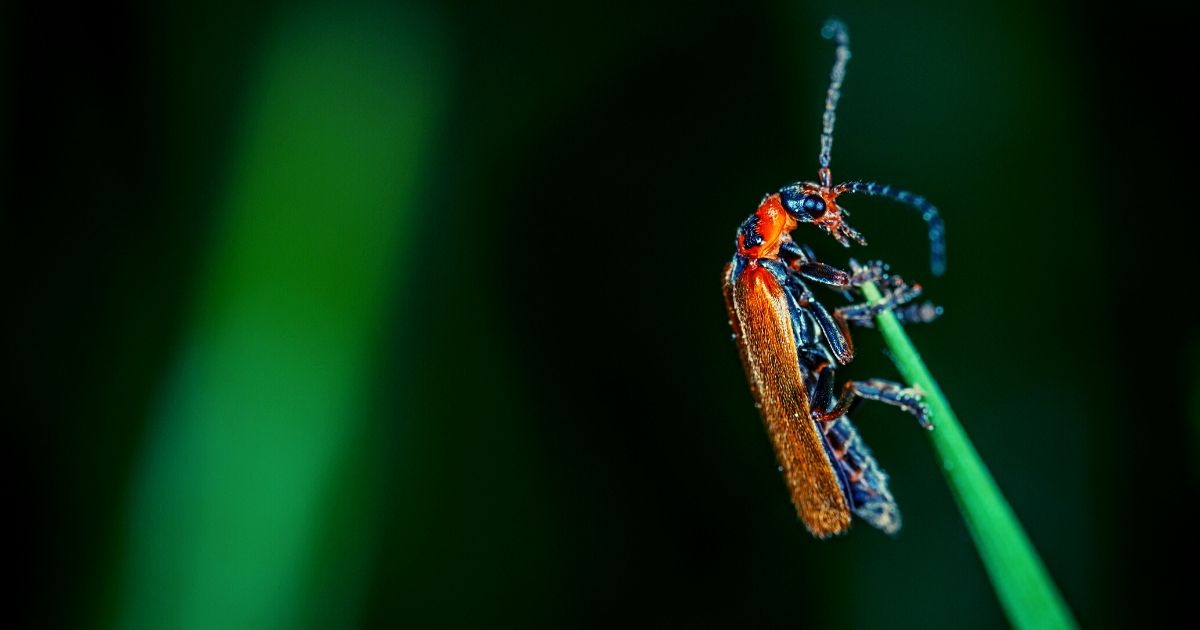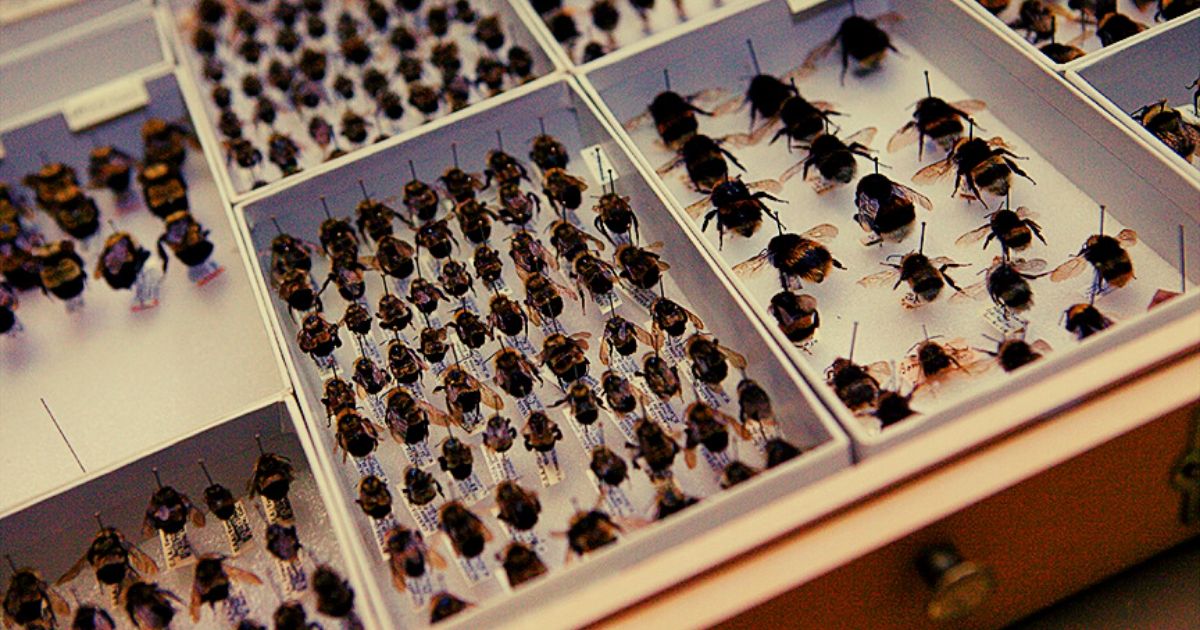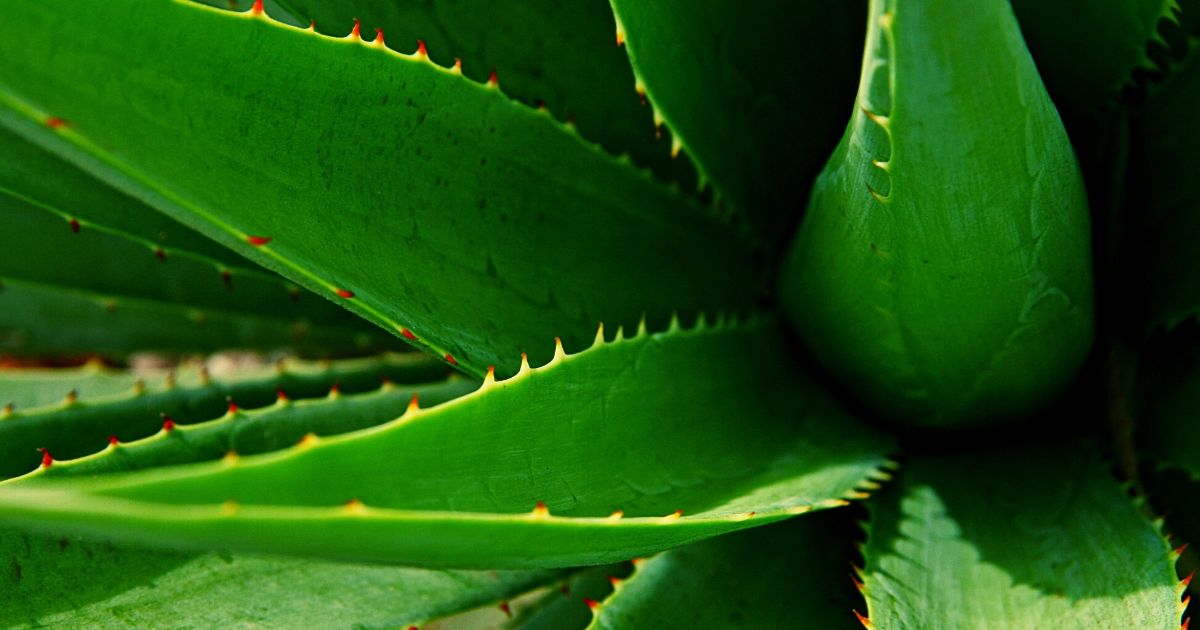How to Get Rid of Gnats
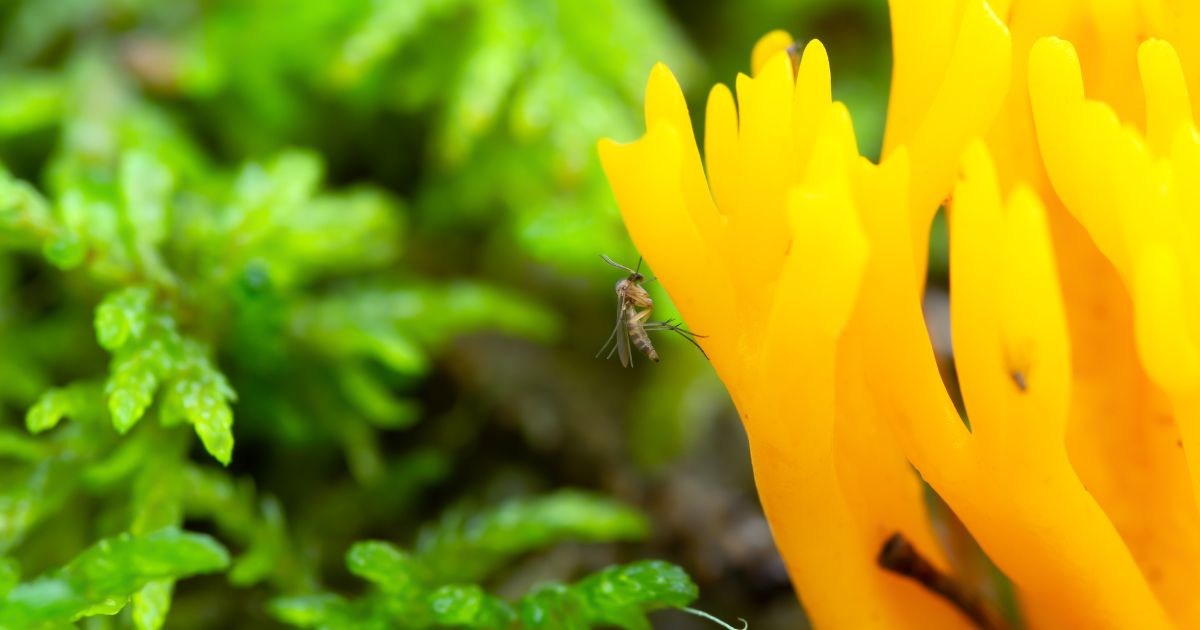
Gnats are tiny flying insects that seem to appear out of nowhere, but can quickly become a problem in both your home and garden. While they might not be as destructive as some other pests, their presence can be quite frustrating. Good news is there are some effective methods that can help you to get rid of gnats and prevent them in the first place.
What Are Gnats?
Gnats are small, thin flying insects that are known for their swift and agile flight patterns. Adult gnats are typically less than 1/4 of an inch long with yellowish, tan or dark brown color.
Do Gnats Bite?
Not all types of gnats bite, but some that feed on the blood can bite and even transfer some diseases, like:
- Food poisoning caused by germs, e.g. salmonella
- Conjunctivitis
- River blindness
- Sleeping Sickness
- Oropouche Fever
Gnat bites can cause discomfort and itchiness. However, the majority of gnats are more interested in feeding on decaying matter.
Where Are Gnats Usually Found
Gnats are commonly found in a wide range of environments, from outdoor areas like gardens, compost piles, ponds and damp woodlands to indoor spaces such as homes and offices.
The specific habitats and preferences of gnats can vary based on their species. Depending on the type of gnats, you can find them in:
- Kitchen sinks and bathrooms – this is a sign of drain fly infestation. They are attracted to moisture and decaying organic matter in the drain.
- Houseplants and outdoor plants – this is a sign of fungus gnats infestation. These gnats are attracted to overwatered plant roots, soil and leaves.
- Decaying fruits and vegetables – this is a sign of a fruit fly infestation.
Want to find out more about gnats and other pest treatments in Singapore?
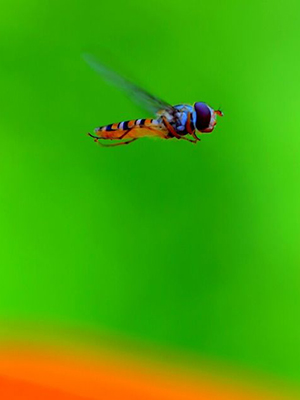
How to Get Rid of Gnats in the House
Gnats are drawn to moisture and organic matter in homes, so here’s how to effectively get rid of the gnats in your home:
Identify Breeding Sites. Search for damp areas of your home with excess moisture, like sinks, drains, and potted plants.
Eliminate Moisture. Fix leaky pipes, dry out wet areas, and ensure proper ventilation to reduce the moisture that attracts gnats.
Dispose of Spoiled Fruit. Keep your kitchen clean and promptly get rid of any overripe or rotting fruits.
Use Vinegar Traps. Create vinegar traps by placing a small bowl of apple cider vinegar with a few drops of dish soap. The vinegar attracts gnats, while the soap breaks the surface tension, causing them to drown.
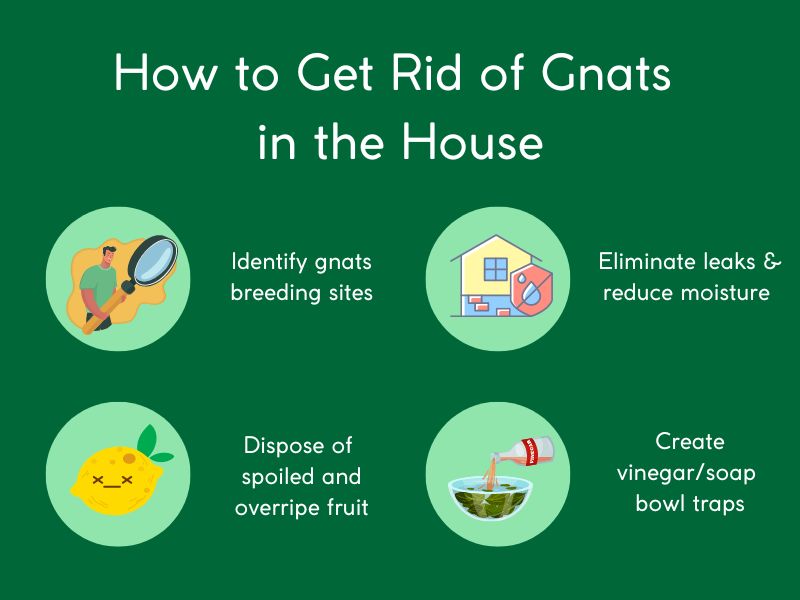
How to Get Rid of Gnats in Plants
Indoor and outdoor plants can become infested with gnats, so here’s how to manage gnat infestations in plants:
Allow Soil to Dry. Gnats thrive in overwatered plants with damp soil. Allow the top layer of the soil to dry out before watering your plants again.
Use Sticky Traps. Place yellow sticky fly traps near your plants. Yellow color will attract gnats and they will get stuck in the traps.
Repot Plants with Fresh Soil. If the infestation is severe, consider repotting your plants with fresh, well-draining soil to remove gnat eggs and larvae.
Preventive Measures: Managing Gnats Outdoors and Indoors
Preventing gnat infestations is the best way to avoid dealing with them in the first place. Here are some effective ways to prevent gnats:
- Don’t overwater plants
- Remove standing water, regularly empty containers that collect rainwater to reduce breeding sites for gnats
- Fix plumbing drain leaks and prevent food build-up
- Trim grass and shrubs to reduce hiding places for gnats
- Keep your home clean, regularly clean up crumbs, spills, and dirty dishes
- Throw out spoiled fruits and vegetables and take out the garbage on a daily basis
- Seal entry points like cracks and gaps in the foundation, or around doors and windows
Pro Tip: The best way to get rid of gnats is to prevent the gnat infestation in the first place.
When to Call Pest Control: Signs of a Severe Gnat Infestation
In some cases, a gnat infestation can become a problem and professional intervention is then necessary. Signs of a severe infestation include:
- Persistent swarms, or if you notice large numbers of gnats indoors, despite your efforts
- Plant damage, like if your plants are showing signs of stress and you’ve tried various methods to control the gnats
- Health concerns, as some people might experience allergic reactions or respiratory issues due to gnat infestations
While gnats can be irritating and annoying, you can effectively manage the infestation with a combination of preventive measures and targeted solutions. By understanding their habits and taking appropriate actions, you can maintain a gnat-free home and garden. If the infestation becomes severe, do not hesitate to seek the help of pest control professionals like Killem Pest.

Pest Problem? Let Us Help.
We offer fast and effective precision treatments to eliminate pests while ensuring a safe environment for your home or business.
Author: Soleha Nisaa
Frequently Asked Questions
Common signs of a gnat infestation include noticing numerous small flying insects indoors, especially around plants or areas with moisture. You might also see larvae in the soil of potted plants or near sources of decaying organic matter.
While most gnats do not pose significant health threat to people, certain species can transmit diseases. The risk of disease transmission from gnats is generally lower compared to other vectors like mosquitoes.
Gnats are generally not harmful to pets, but their presence can be annoying for animals and humans alike. Biting gnats, like sand flies, can potentially bite pets and cause discomfort.
Yes, many DIY remedies can effectively control gnat populations. However, it’s important to address the root cause of the infestation, such as eliminating breeding sites and improving sanitation, for more long-term results.
Yes, certain essential oils like citronella, eucalyptus, and lavender can act as natural gnat repellents. You can dilute these oils in water and use the mixture as a spray to deter gnats from indoor and outdoor areas.

